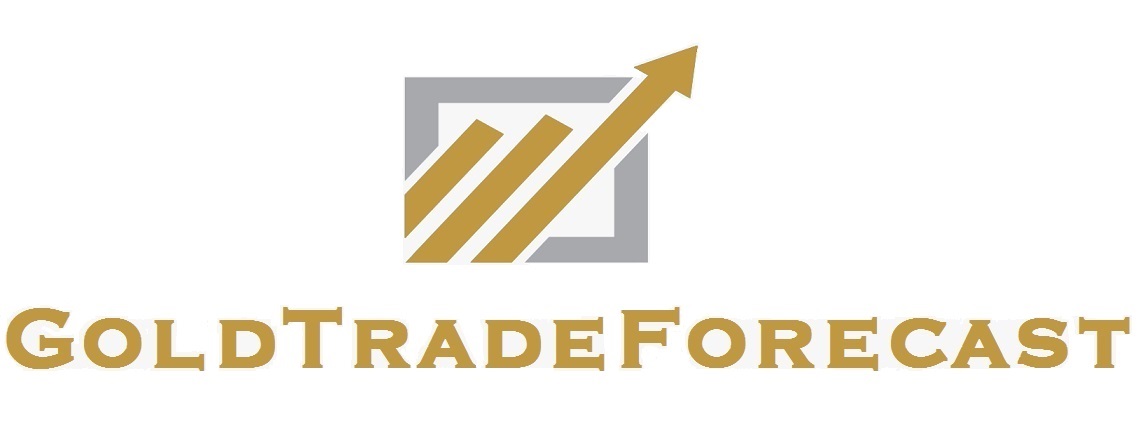The Silver Funds
I'm starting to think that is Graeme Irvine's mantra.
He is the business columnist on Longer Life's Bourse page, and I can leave it to you to find out his reasons for this four-word chant. Amidst Graeme's siren calls, I have taken notice of his contemporary daily listings of silver transfers. It appears that HSBC-Hong Kong is in the middle of amassing a significantly high share of the current market inventory. The range is something like 60%, an accomplishment I find as astounding as it is fascinating. Why would that a lot of the world's investment-grade silver be moved to one depository? So far, I have not been capable of finding any one ready to provide a solution. The accumulation is public data, so I am not suspecting a conspiracy.
I believe most investors recall the Hunt brothers' awkward try to corner the silver market 30 years back --- driving their Texan empire from multi-millionaire to broke inside 8 years --- and would not think about attempting to copy that stunt.
Super-investor Warren Smorgasbord is, naturally, much more classy. His purchase of 130million oz of silver approximately 9 years back was made in tranches worked out to synchronize with the market instead of drive it. All outward appearances indicate that he doesn't have any clandestine intentions, instead, he is simply substantiating his confidence in the metal and likely lack thereof in the long term strength of the dollar. Maybe the HSBC-Hong Kong hoarding is a result of a press release made in June 2005 by the UK's Barclay's Bank in which they filed their intention with the State's Stocks & Exchange Commission to build an Exchange Trading Fund ( 'ETF' ) for silver. Particularly, the candidate is a Barclay's subsidiary, iShares Silver Trust, and the method gained momentum in Jan 2006 when the SEC licensed their listing on the Yankee Stock Exchange. The Silver ETF is meeting with powerful resistance, most particularly by the Silver Users organisation ( SUA ), who represent entities who make, sell and distribute products related to silver. Their complaint is that to support the ETF, so much silver would need to be taken out of the market and held in reserve that its membership would be weighed down by the metal's higher cost. As the SUA membership processes eighty percent of all silver produced in the United States, they represent a big voice in this matter. Ted Servant is an example of the most respected silver analysts across the world. His opinion is that, regardless of what the result of the Barclay's application, the complete episode is a positive development for silver investors. First, let him explain how Exchange Trading Funds for commodities operate, and then explain how the Barclay's offer is being positioned [*CO]'In order to build a commodity ETF, a monetary establishment buys and stores some the commodity in query and then issues shares of common stock at a fixed unit of conversion to represent fractional possession of that commodity. In the case of silver, Barclays would buy the metal, in industry standard 1000oz bars, have them stored in London and some place else, and issue common stock stocks in a proportion of one share of stock for each ten oz. of silver. The shares would then be traded on a recognized stock exchange, thus the name, exchange traded fund. In the case of the Barclay's Silver ETF ... They've even selected the stock symbol, SLV. The amount of silver bought and stored would increase and decrease relying on the investment requirement for the shares, like how the gold ETFs now function.' The practicalities of a silver ETF include : - Stock certificates are actually simpler for the investor to store than the metal itself, and - The 'common stock' format permits more classes of investors the suitability to take part.
What's fascinating about the Barclay's offer is that its goal is to put 130million oz of silver into reserve, the precise level of Warren Smorgasbord's holdings. Could they be using that precedent as a model? Burton observes that though Smorgasbord was careful not to interrupt the market, the price of silver still doubled during that accumulation.
Similarly, Burton asserts,' I see nothing in the Barclays prospectus commending such purchasing restraint, either in time or price.' So, Servant reasons, this makes the situation most favorable for involved investors [*CO]'This silver ETF statement is a real win-win for silver investors. ( If ) their silver ETF becomes effective, the result on the price of silver will be great. That is win number one, plain and easy. 'But if ... This ETF never sees the light of day, that might be a huge win as well for silver investors. Why? As it will prove for everyone to see just how imperative the supply / demand and inventory situation is in silver. If the govt.
Announces no way to this ETF, it'll be for one reason only there's not enough real silver worldwide to fund it.' Either way, it is a development worth watching. Graeme lists the Comex figures daily at the end of his column and always touches on when another allotment of silver moves to HSBC-Hong Kong. The expansion of those figures could well be the 'tracer' of things to come. Stay long dear metals.
When you subscribe to the blog, we will send you an e-mail when there are new updates on the site so you wouldn't miss them.


Comments